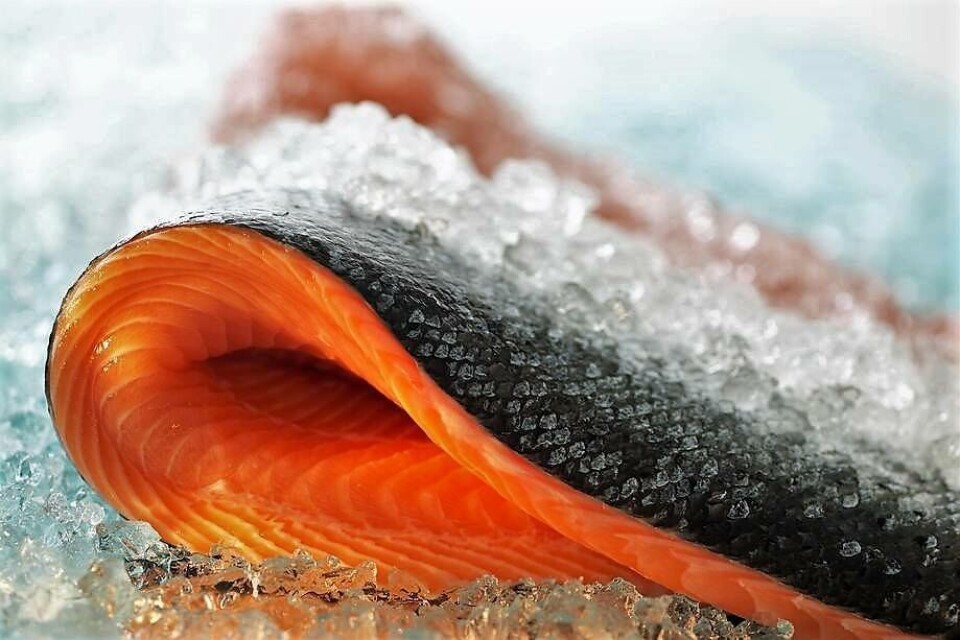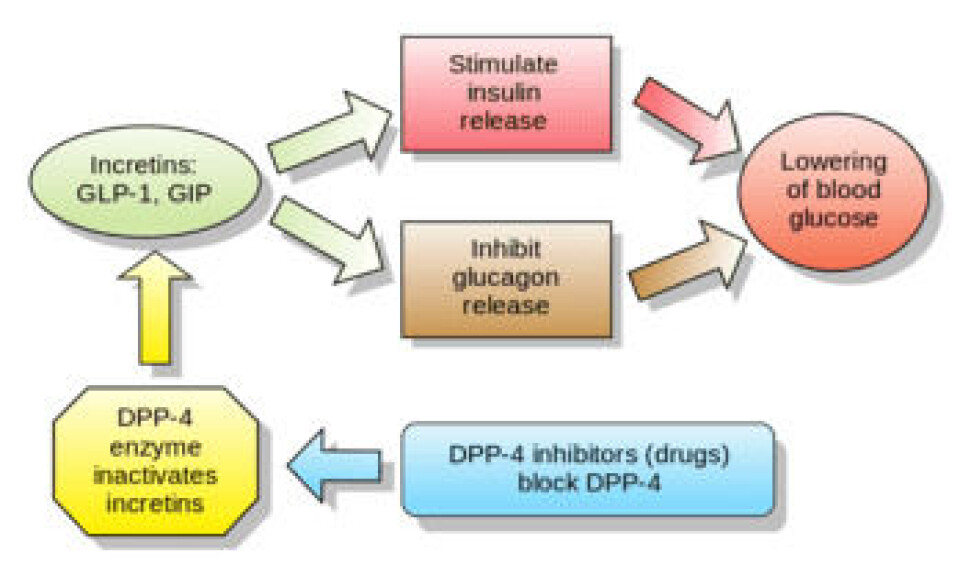
Salmon by-products may combat diabetes
Scientists in Ireland showed in an in vitro study that hydrolysates obtained from trimmings and salmon skin displayed antidiabetic activity.

With global projections pointing to the increase in the production of seafood for human consumption and the fact that a significant amount of the by-products generated during processing are suitable for human consumption, the findings can give the products an added value.
By-products such as salmon trimmings and skin, which are generated during the salmon filleting process, are of low commercial value, but contain significant amounts of high quality proteins and gelatin.
Proteins of marine origin also contain a wide range of bioactive components in the form of peptides. Scientific evidence indicates that new proteins and peptides from the marine environment can have a favourable impact on the improvement of human health and can be used to combat the increasing incidence of non-infectious pathologies, such as cardiovascular diseases, cancer, chronic respiratory diseases and diabetes.
Approximately 415 million people worldwide suffer from diabetes, with approximately 12% of the global expenditure on health care dedicated to the management and treatment of the disease (IDF Atlas, 2015).
Traditional chemical therapies are expensive and often show adverse side effects. Therefore, there is a growing need to identify natural functional components for the treatment of this disorder.
It has been shown that blood glucose levels in humans can be beneficially regulated by proteins in the diet, protein hydrolysates, peptides and amino acids through direct and / or indirect mechanisms.
Numerous scientific studies indicate that salmon protein hydrolysates and peptides exhibit antidiabetic activity in vitro and in vivo. Hydrolysates generated from muscle protein of salmon and gelatin derived from their skin, show these antidiabetic effects in experimental studies with mice and humans.
With this evidence, scientists from the University of Limerick, Ireland, and the University of Ulster, Northern Ireland, used an in vitro analysis with pancreatic cells "BRIN-BD11" to investigate the antidiabetic potential of salmon skin gelatin and protein hydrolysates and determine the mechanism by which these can mediate their antidiabetic activity.
With the results obtained, the authors demonstrated that the hydrolysates obtained, especially those generated using a combination of the enzymes Alcalase 2,4L and Flavourzyme 500L, exhibit a significant antidiabetic activity stimulating the secretion of insulin and GLP-1 (a hormone that stimulates the production of insulin) and inhibiting DPP-IV (an enzyme that degrades GLP-1).
In addition, these same hydrolysates, when subjected to simulated gastrointestinal digestion (SGID), retained their GLP-1 secretory and DPP-IV inhibitory activities, in addition to improving their insulin secretory activity. However, the gelatin hydrolysate loses GLP-1 secretory activity after SGID.
The researchers noted that the efficacy of hydrolysates should be confirmed in studies with the most appropriate animal models and in humans; and that, in addition, the nucleotide and / or amino acid sequence of the peptides responsible for the observed antidiabetic activity must be determined.
Review the study abstract here.






















































